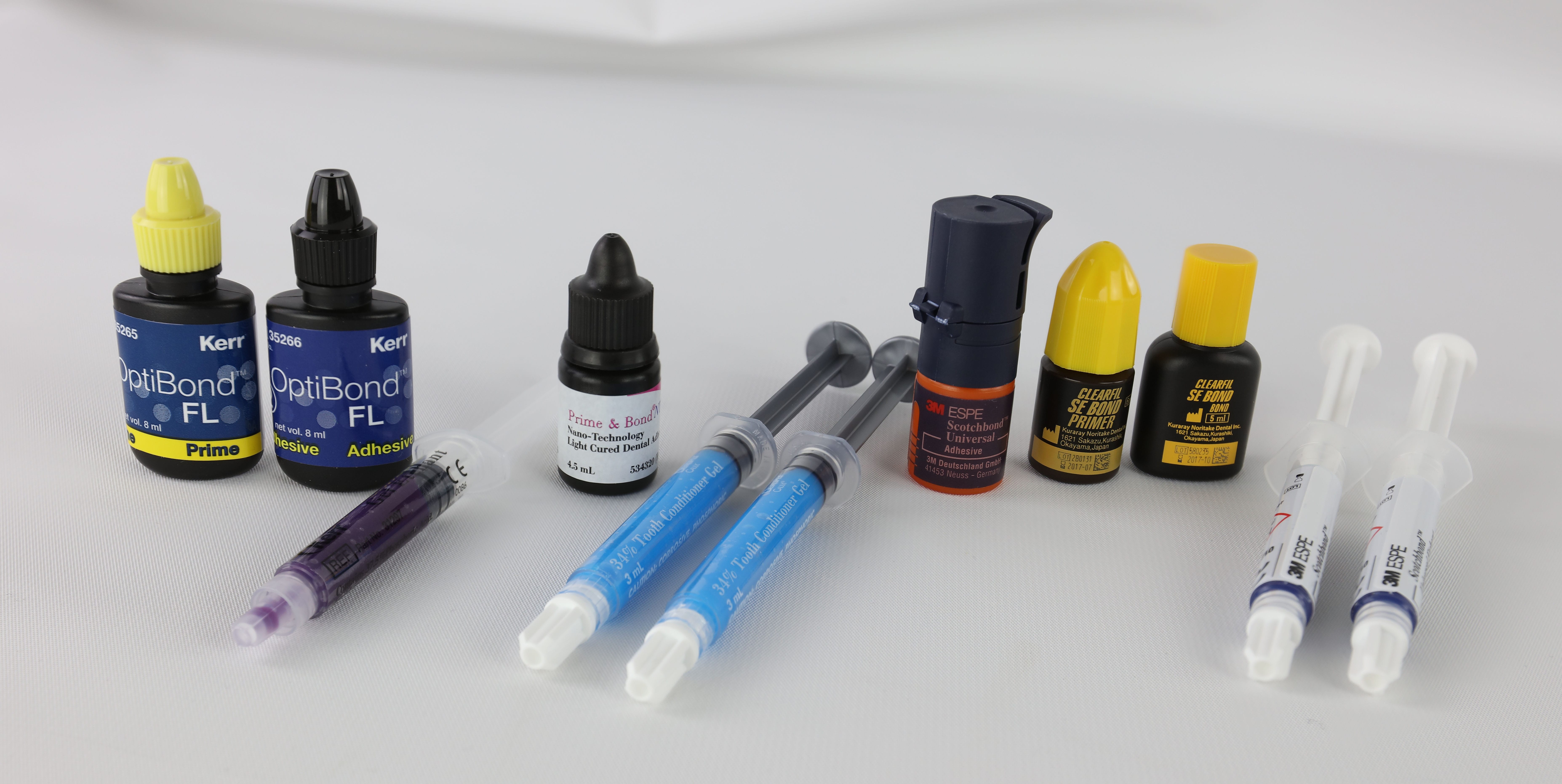Ever wondered what keeps your smile bright and healthy? Dental hygienists are the unsung heroes of oral care, working tirelessly to prevent dental issues and promote overall health. As the demand for these professionals grows—with a projected 9% increase in jobs by 2025—understanding their role is more crucial than ever.
This 2025 Dental Hygienist Guide is your ticket to discovering the world of dental hygiene. You’ll learn about the day-to-day responsibilities, required skills, and the impact these professionals have on patient wellness. Whether you’re considering a career change or simply curious about your next dental visit, we’ve got you covered.
Ready to uncover the secrets behind that sparkling smile? Let’s brush up on the essential role of dental hygienists in modern healthcare!
Key Responsibilities
1. Reviewing Dental and Health History
Dental hygienists start by reviewing a patient’s medical and dental history. This crucial step helps them understand previous treatments, current medications, and any health risks, allowing for personalized care plans that prevent medical emergencies.
2. Screening Patients
They perform initial oral screenings to check for signs of tooth decay, gum disease, and other oral health issues before the dentist’s examination. This quick assessment helps identify problems early.
3. Conducting Dental Cleanings
One of the most recognized tasks of a dental hygienist is cleaning teeth. They use specialized tools to remove plaque, tartar, and stains, which helps prevent cavities, gum disease, and tooth loss.
4. Taking Dental X-rays
Dental hygienists are responsible for taking and interpreting dental X-rays to identify issues that may not be visible during a regular dental exam. This process is essential for diagnosing conditions like cavities and bone loss.
5. Applying Preventive Treatments
They apply fluoride treatments and dental sealants to protect teeth from decay. These preventive measures are vital for maintaining long-term oral health.
6. Educating Patients
Educating patients about proper oral hygiene practices is a significant part of a dental hygienist’s role. They teach effective brushing and flossing techniques and provide dietary advice to promote oral health.
7. Documenting Care and Treatment
Dental hygienists keep detailed records of patient care, including treatments provided and any observations made during visits. This documentation is crucial for ongoing patient care and legal compliance.
8. Assisting Dentists
They support dentists during procedures by preparing treatment rooms, sterilizing instruments, and assisting with patient management. This collaboration ensures comprehensive care and smooth dental operations.
9. Managing Patient Comfort
Ensuring patients are comfortable during their visit is another critical responsibility. Dental hygienists often serve as the bridge between the patient and the dentist, helping to ease any fears or anxieties.
Work Environment and Conditions
Interpersonal Relationships
Dental hygienists work closely with patients, dentists, and other dental team members. Strong communication skills are essential for building trust with patients.
Physical Work Conditions
The job requires wearing protective attire such as masks, gloves, and safety glasses. Hygienists are frequently exposed to radiation from X-rays and must follow strict infection control protocols.
Work Performance
Precision and attention to detail are critical in this role; errors can jeopardize patient health. Hygienists often perform repetitive tasks and must be able to work independently.
Hours and Travel
Dental hygienists may work full-time or part-time, with schedules that can include evenings and weekends. Some may work in multiple dental offices.
Education and Licensing
Educational Requirements
The minimum requirement to become a dental hygienist is an associate degree in dental hygiene from an accredited program. Some may pursue bachelor’s or master’s degrees for advanced roles.
Licensing
All states require dental hygienists to be licensed, which involves passing the National Board Dental Hygiene Examination as well as a state or regional clinical board examination. For more information on licensing requirements by state, visit the American Dental Hygienists’ Association.
Job Outlook and Salary
Job Outlook
The demand for dental hygienists is expected to grow due to increasing awareness of oral health’s importance and an aging population. Employment is projected to grow by 7-9% from 2022 to 2031—faster than the average for all occupations.
Salary
As of May 2023, the median annual wage for dental hygienists was $87,530, with potential earnings increasing based on experience and location. For more detailed salary information by state, check the U.S. Bureau of Labor Statistics.
Conclusion
Dental hygienists are vital members of the dental care team, providing essential services that help maintain and improve patients’ oral health. Their roles encompass a blend of clinical skills, patient education, and support for dentists—making it a rewarding career path in high demand. As awareness of oral health continues to rise, so does the significance of this profession in promoting overall wellness through effective oral hygiene practices.
For further insights into pursuing a career in dental hygiene or understanding more about this rewarding field, visit the American Dental Hygienists’ Association.















